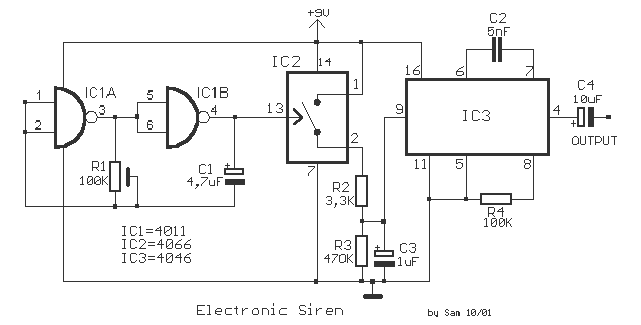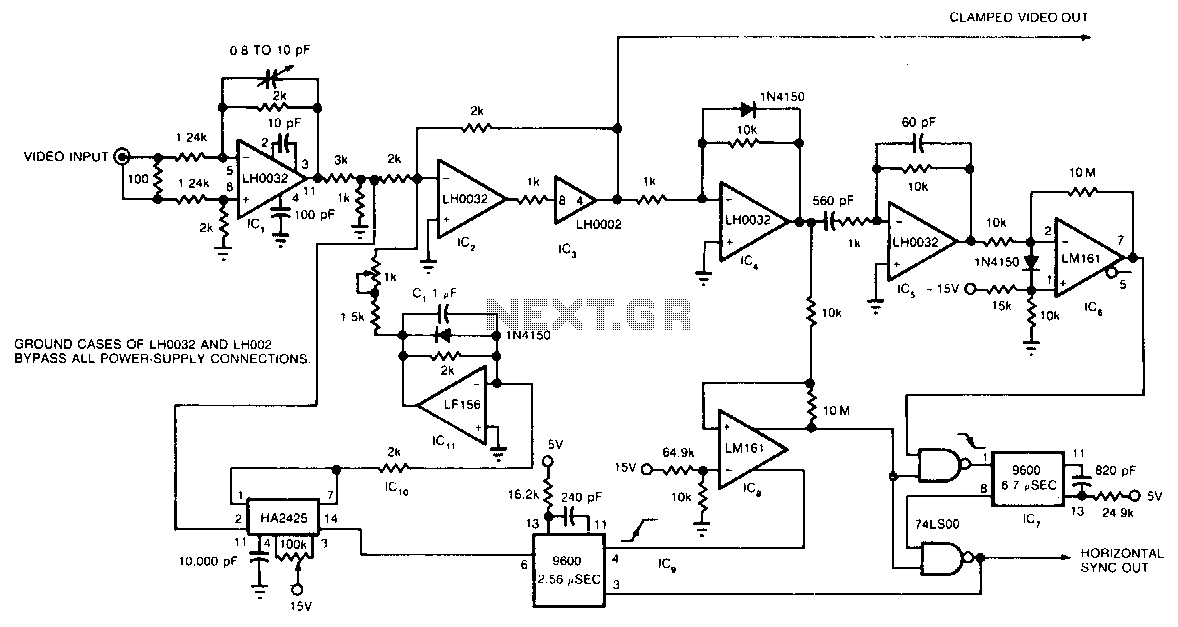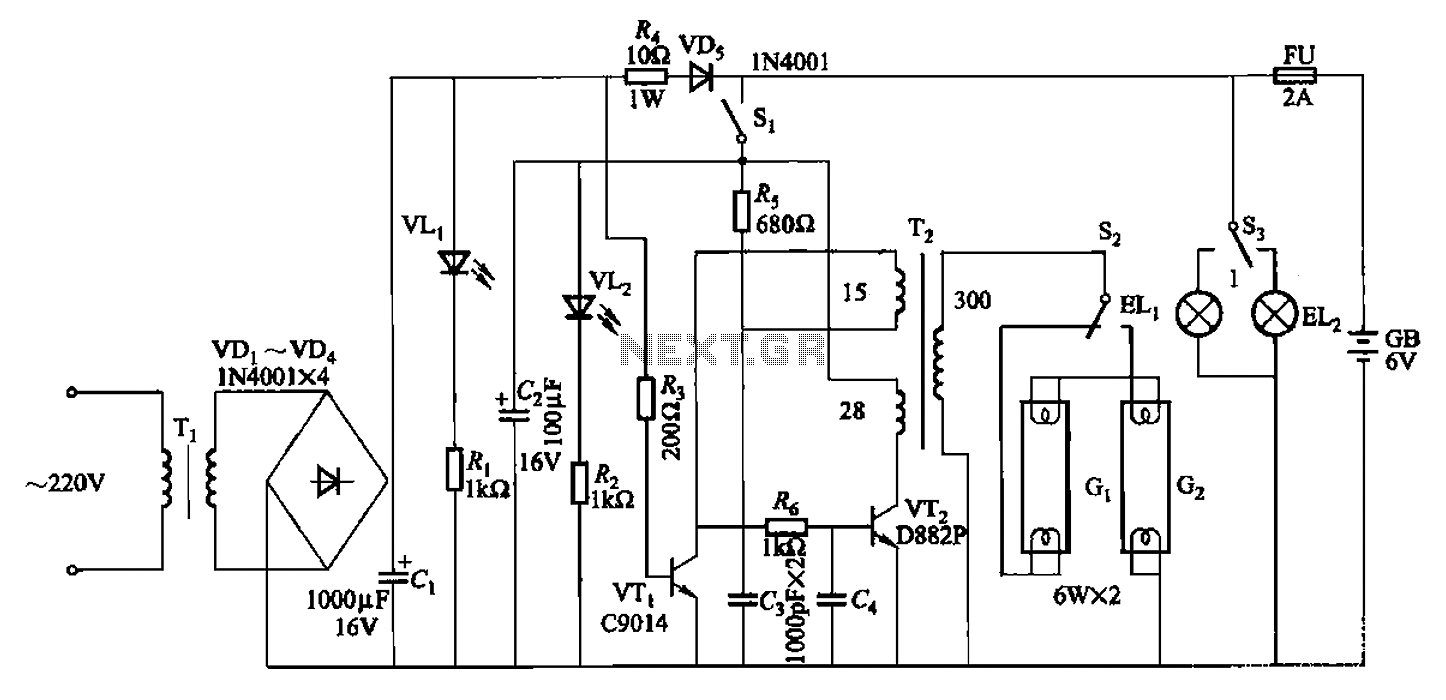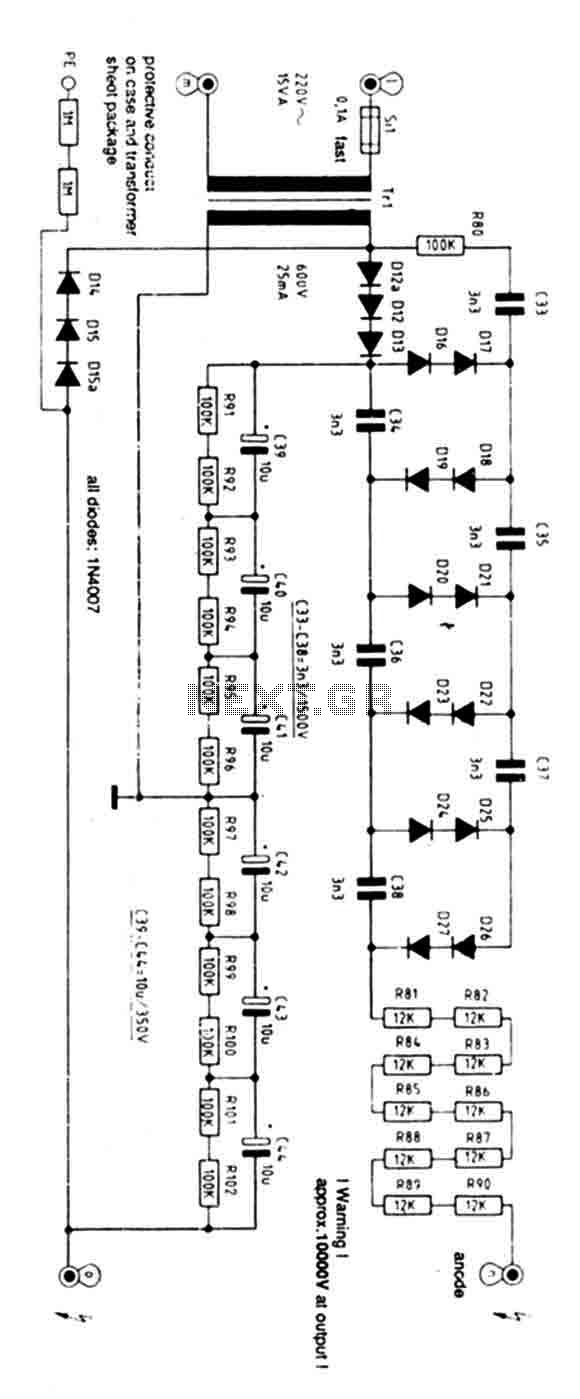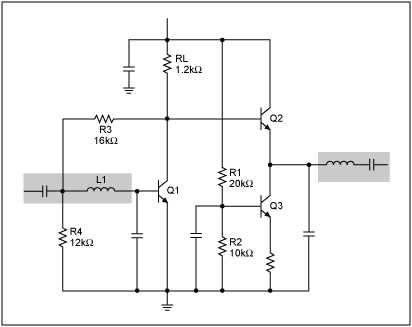
Simple B+ delay circuit for tube power amp
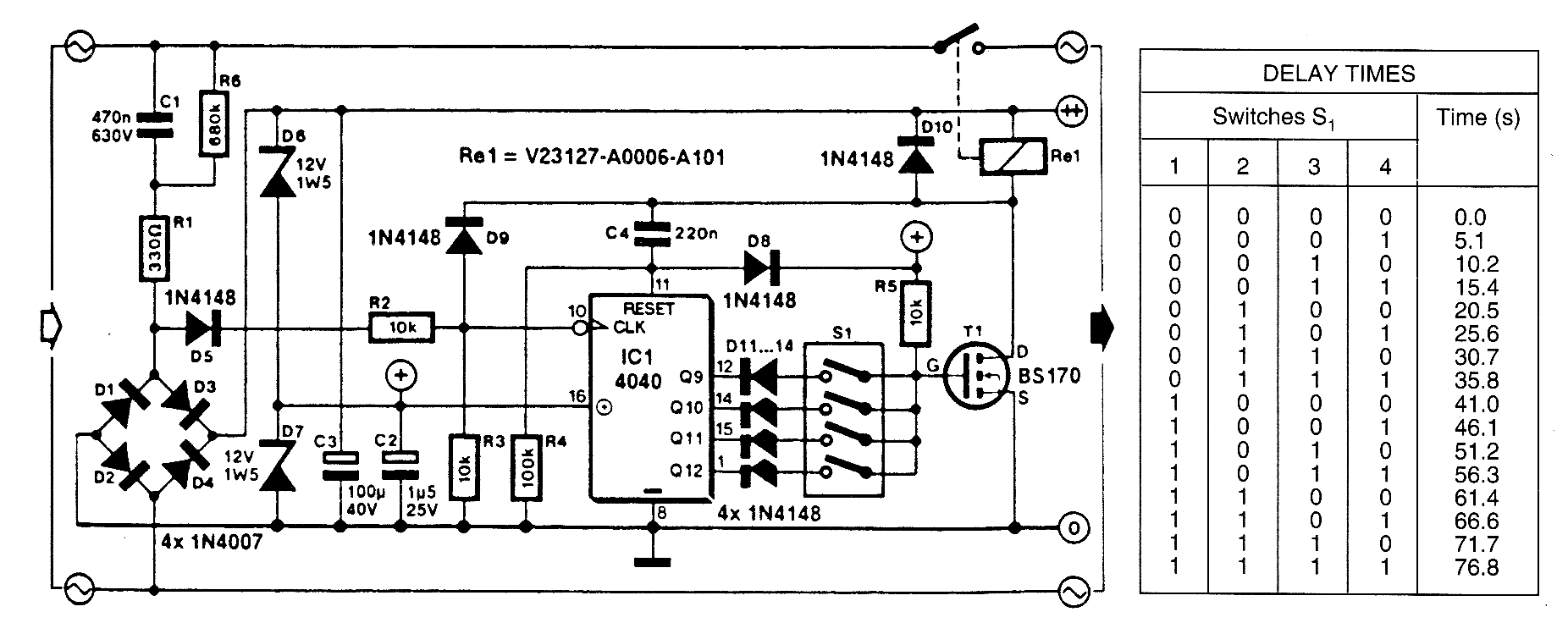
There is a modification to the RC delay circuits that some may want to consider. If a shorter discharge time is desired, this modification enables the circuit to restart more quickly.
The modification to the RC delay circuit involves adjusting the resistor-capacitor (RC) time constant to achieve a shorter discharge time. This can be accomplished by either reducing the resistance or the capacitance in the circuit. The time constant (τ) is defined as τ = R × C, where R represents resistance in ohms and C represents capacitance in farads. By decreasing either of these values, the discharge time can be minimized, leading to a faster reset of the circuit.
For practical implementation, consider using a potentiometer in place of a fixed resistor. This allows for fine-tuning of the resistance value, enabling precise control over the discharge time. Additionally, selecting a capacitor with a lower capacitance value will also contribute to a quicker discharge. However, care must be taken to ensure that the new values do not adversely affect the circuit's performance or stability.
When modifying the RC delay circuit, it is essential to analyze the impact of these changes on the overall functionality. The discharge curve should be examined to ensure that it meets the desired specifications. Furthermore, it may be beneficial to simulate the circuit using software tools to visualize the effects of the modifications before implementing them in a physical prototype.
In summary, the modification to achieve a shorter discharge time in RC delay circuits can enhance the responsiveness of the system, making it suitable for applications where rapid circuit restarts are necessary.There is a mod to the RC delay circuits some of you may want to consider. If you wish to have a shorter discharge time so that the circuit restarts.. 🔗 External reference
The modification to the RC delay circuit involves adjusting the resistor-capacitor (RC) time constant to achieve a shorter discharge time. This can be accomplished by either reducing the resistance or the capacitance in the circuit. The time constant (τ) is defined as τ = R × C, where R represents resistance in ohms and C represents capacitance in farads. By decreasing either of these values, the discharge time can be minimized, leading to a faster reset of the circuit.
For practical implementation, consider using a potentiometer in place of a fixed resistor. This allows for fine-tuning of the resistance value, enabling precise control over the discharge time. Additionally, selecting a capacitor with a lower capacitance value will also contribute to a quicker discharge. However, care must be taken to ensure that the new values do not adversely affect the circuit's performance or stability.
When modifying the RC delay circuit, it is essential to analyze the impact of these changes on the overall functionality. The discharge curve should be examined to ensure that it meets the desired specifications. Furthermore, it may be beneficial to simulate the circuit using software tools to visualize the effects of the modifications before implementing them in a physical prototype.
In summary, the modification to achieve a shorter discharge time in RC delay circuits can enhance the responsiveness of the system, making it suitable for applications where rapid circuit restarts are necessary.There is a mod to the RC delay circuits some of you may want to consider. If you wish to have a shorter discharge time so that the circuit restarts.. 🔗 External reference
